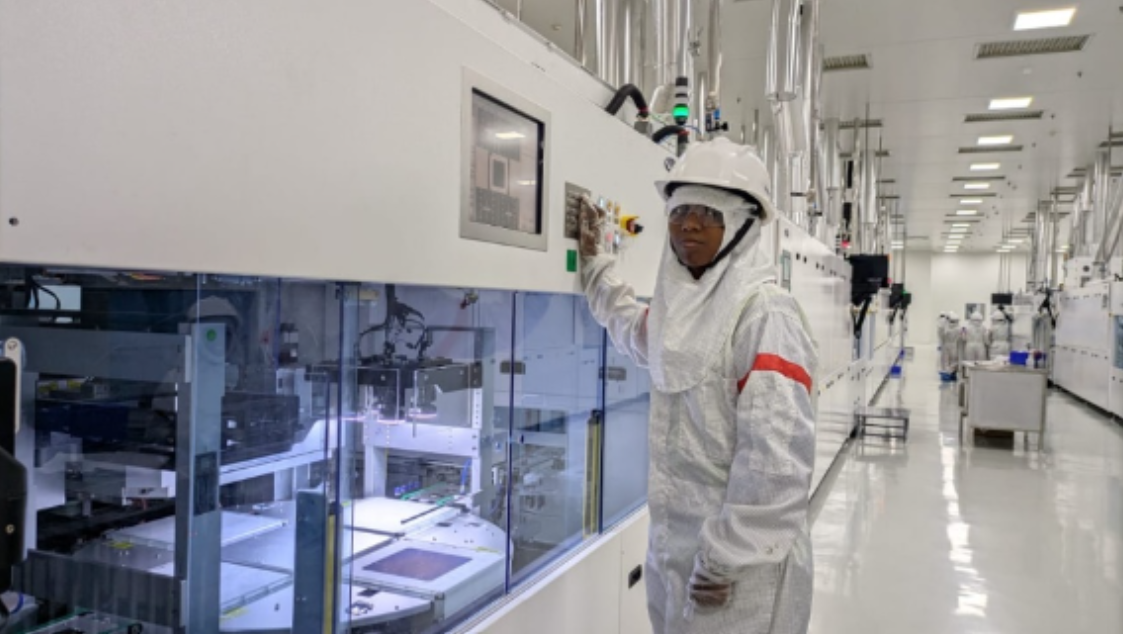The Union Minister for Power and New & Renewable Energy and President of International Solar Alliance, R.K. Singh said that net zero will remain only a goal unless the world gets together to solve the problems of lack of diversification of solar manufacturing capacity and associated supply chains.
Singh was addressing the inaugural session of the one-day High-level Conference on New Technologies for Clean Energy Transition, being organized in New Delhi, on the sidelines of the Sixth Session of the International Solar Alliance Assembly. The conference was organized jointly by the Ministry of New & Renewable Energy, the Government of India; the Asian Development Bank, and the International Solar Energy Society.
The ISA President also said that storage remains critical for greater utilization and round-the-clock provision of renewable energy.
“Storage is a problem ..though the developed world kept talking about the need for energy transition, they did not do anything about it, they did not add storage and did not make progress on existing technologies. Most important, manufacturing capacity was not added. Today, about 90% of the manufacturing capacity is in one country, mostly dependent on one chemistry, i.e., lithium-ion. This thus raises supply chain challenges, which came to the fore during the Covid-19 pandemic.”
Singh stressed that round-the-clock renewable energy is not possible without storage. He added that while India has emerged as a country with one of the fastest rates of energy transition, the country has been facing challenges due to shortfalls in manufacturing capacity.
The minister said that these issues raise the need for investment and research in alternative chemistries and in building manufacturing capacities. “We need to put our money in researching alternative chemistries, in setting up manufacturing capacities around the world. We in India have decided to do both. We came up with Production Linked Incentive Scheme for setting up manufacturing for polysilicon. By about 2030, we will have about 100 GW of manufacturing capacity for solar modules, out of which about 50 GW will be fully integrated with polysilicon and wafers.”
The ISA President underlined the need to work on improving efficiencies of solar technologies, so that the cost of electricity comes down, which would be especially required for developing countries. “When we began our journey, we used to need 5 acres of land for 1 MW solar, today we require 3.5 acres only. The cost of energy has come down but it will differ from country to country. If efficiency goes up, the cost of electricity will come down, which will be good for developing countries where many cannot pay for electricity,” he added.
The President of the ISA Assembly said that making finances available to developing countries through different instruments is key to ensuring energy transition. “Large parts of our world just do not have the finance to provide energy access to their people, let alone make energy transition. Until and unless we assist these countries with finance, access and transition are not going to happen.”
The ISA President highlighted the need for developed countries to keep their commitment towards financing green energy projects.
This content is protected by copyright and may not be reused. If you want to cooperate with us and would like to reuse some of our content, please contact: editors@pv-magazine.com.









By submitting this form you agree to pv magazine using your data for the purposes of publishing your comment.
Your personal data will only be disclosed or otherwise transmitted to third parties for the purposes of spam filtering or if this is necessary for technical maintenance of the website. Any other transfer to third parties will not take place unless this is justified on the basis of applicable data protection regulations or if pv magazine is legally obliged to do so.
You may revoke this consent at any time with effect for the future, in which case your personal data will be deleted immediately. Otherwise, your data will be deleted if pv magazine has processed your request or the purpose of data storage is fulfilled.
Further information on data privacy can be found in our Data Protection Policy.